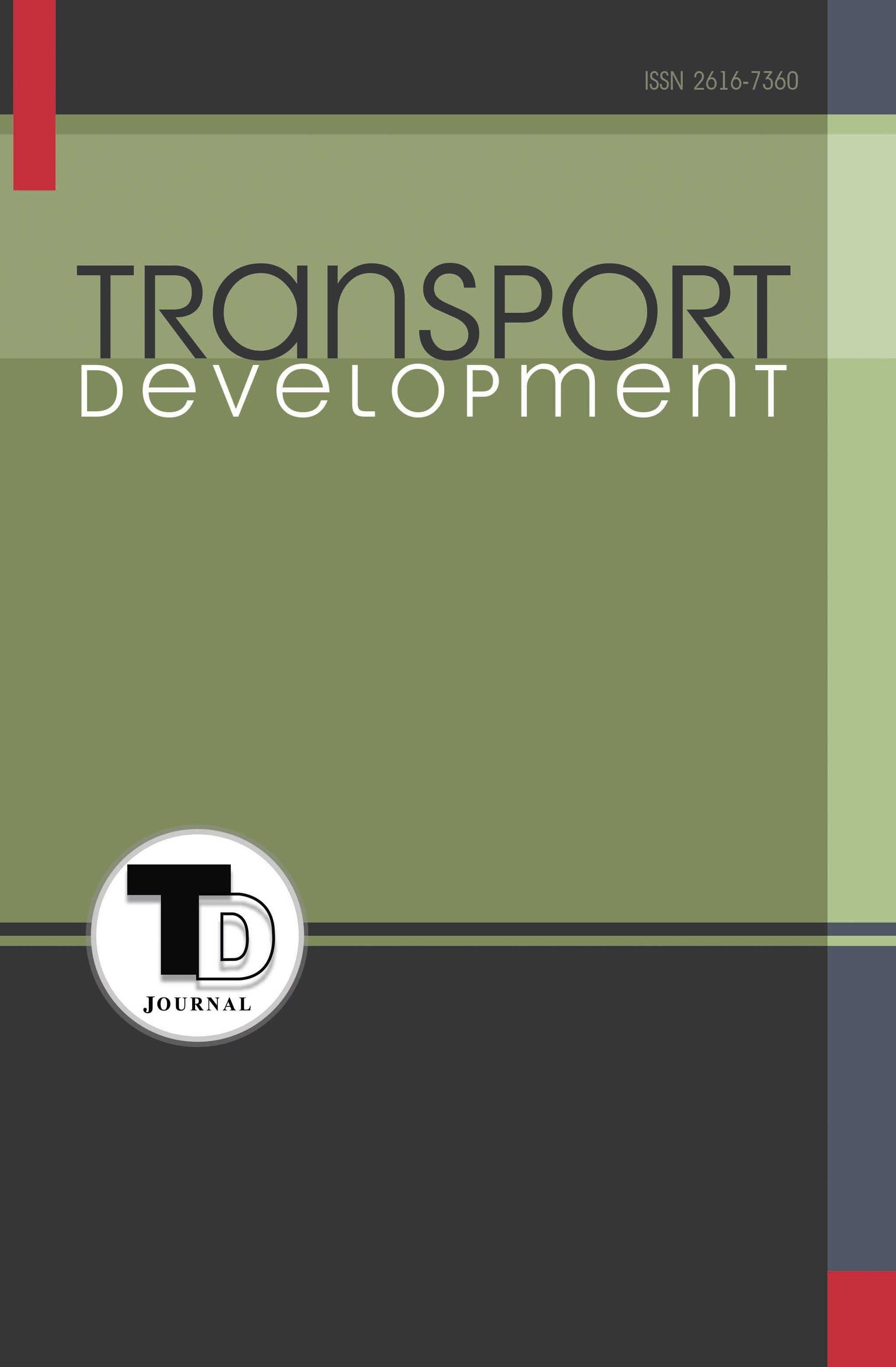CONCEPTUAL PRINCIPLES OF IMPROVING THE SAFETY AND RELIABILITY OF AUTONOMOUS TECHNICAL SYSTEMS USING A SHIP AS AN EXAMPLE
Abstract
Introduction. Ensuring the safety and reliability of autonomous ships is an urgent and important task that requires a comprehensive approach. It has been determined that the development of new technologies and methods, as well as the improvement of standards and regulatory policies, can significantly increase the level of safety and reliability of autonomous ships. In the course of the research, it was found that the conceptual principles of improving the safety and reliability of autonomous vessels lie in a system of approaches, each of which reveals a whole range of problems that require thorough study and resolution. Thanks to a detailed analysis of these approaches, directions for improving the safety and reliability of ships through the use of methods, algorithms, instructions, and regulations that still need to be developed and improved over time have been identified. Purpose. Defining the conceptual foundations for improving the safety and reliability of autonomous technical systems using the example of ships. Results. The conceptual principles of improving the safety and reliability of autonomous ships are based on three approaches: the development of algorithms and methods for probabilistic analysis and machine learning, the development of standards and regulatory policies, and risk management. The first approach is based on a systemic risk analysis, which allows identifying potential hazards and assessing the probability of their occurrence. Proposed risk management measures may include changes to the ship's design, improvements to the management system, crew training and certification, and others. The second proposed approach is related to the development of standards and regulatory policies and includes five main directions: establishing requirements for autonomous vessels, establishing requirements for personnel, establishing requirements for testing and certification methods, establishing requirements for risk monitoring and management systems, and establishing requirements for autonomous vessel interactions. The third approach involves developing algorithms and methods for probabilistic analysis and machine learning. Conclusions. Each of these approaches to improving the safety and reliability of autonomous ships has been considered, and proposals for their further improvement have been made.
Downloads
References
2. Ziajka-Poznańska E, Montewka J. Costs and Benefits of Autonomous Shipping// A Literature Review. Applied Sciences. 2021; 11(10):4553. https://doi.org/10.3390/app11104553
3. Montewka J., Wróbel K. Challenges, solution proposals and research directions in safety and risk assessment of autonomous shipping// Probabilistic Safety Assessment and Management PSAM. Los Angeles. 2018.
4. Bai, X., Li, B., Xu, X. et al. A Review of Current Research and Advances in Unmanned Surface Vehicles// J. Marine. Sci. Appl. 2022. 21, РР. 47–58. https://doi.org/10.1007/s11804-022-00276-9
5. Kim T.-e., Schröder-Hinrichs J.-U.. Research Developments and Debates Regarding Maritime Autonomous Surface Ship// Status, Challenges and Perspectives. 2021. B.-W. Ko, D.-W. Song (eds.), New Maritime Business, WMU Studies in Maritime Affairs 10, https://doi.org/10.1007/978-3- 030-78957-2_10
6. Kretschmann L., Burmeister H.-C., Jahn C. Analyzing the economic benefit of unmanned autonomous ships: An exploratory cost-comparison between an autonomous and a conventional bulk carrier// Research in Transportation Business & Management. Volume 25, December 2017, PР. 76–86.
7. Akpan, F.; Bendiab, G.; Shiaeles, S.; Karamperidis, S.; Michaloliakos, M. Cybersecurity Challenges in the Maritime Sector // Network 2022, 2, РР. 123–138. https://doi.org/10.3390/network2010009
8. Toroody A., Abaei M. On reliability assessment of ship machinery system in different autonomy degree; A Bayesian-based approach// Ocean Engineering. Volume 254, 15 June, 2022, PР. 111–122.
9. Woo J., Yu C., Kim N. Deep reinforcement learning-based controller for path following of an unmanned surface vehicle// Ocean Engineering. Volume 183, 1 July 2019, PР. 155–166.
10. J. Taipalmaa, N. Passalis, H. Zhang, M. Gabbouj and J. Raitoharju. High- Resolution Water Segmentation for Autonomous Unmanned Surface Vehicles: a Novel Dataset and Evaluation// 2019 IEEE 29th International Workshop on Machine Learning for Signal Processing (MLSP). Pittsburgh. PA. USA. 2019. pp. 1–6, doi: 10.1109/MLSP.2019.8918694





